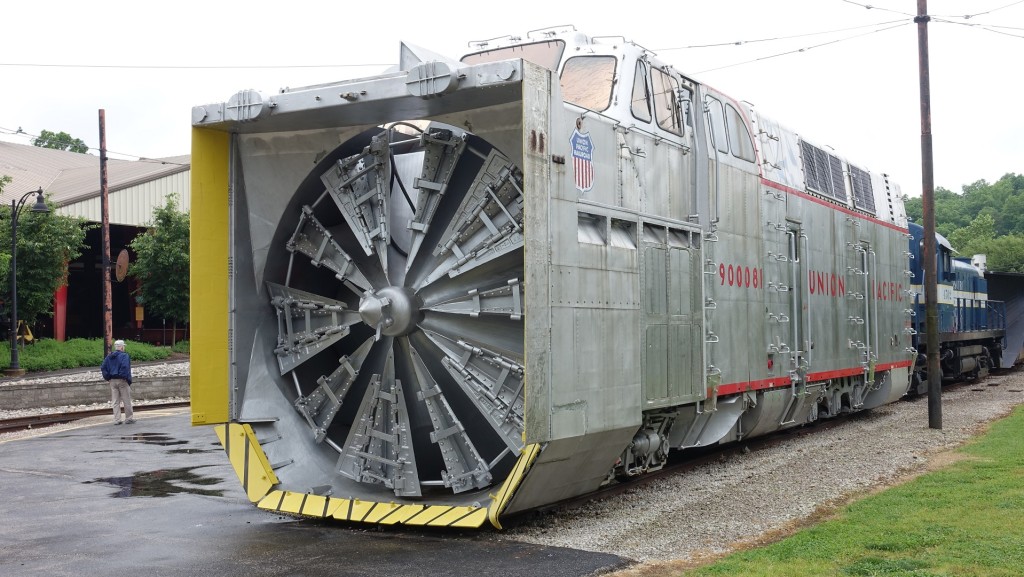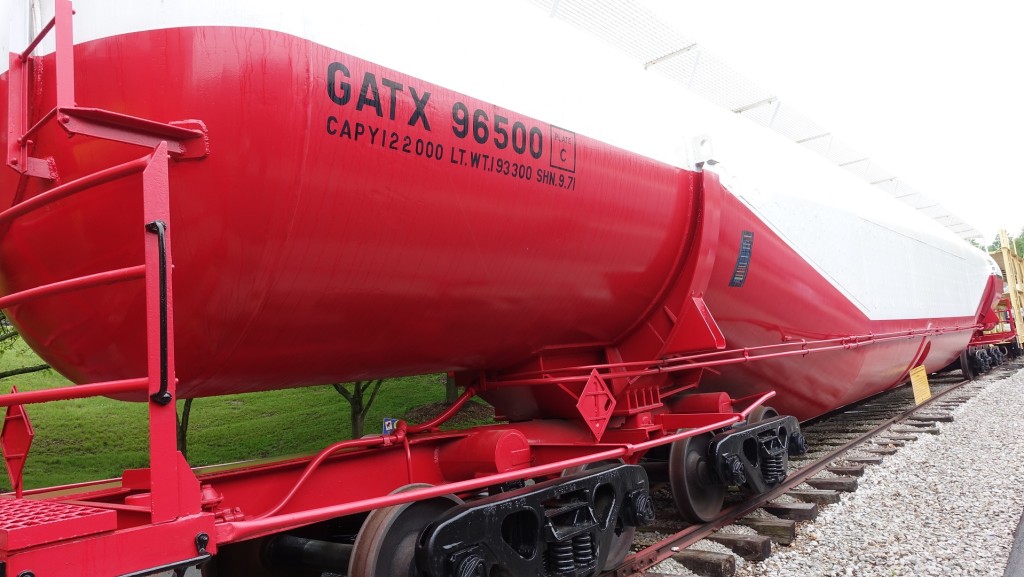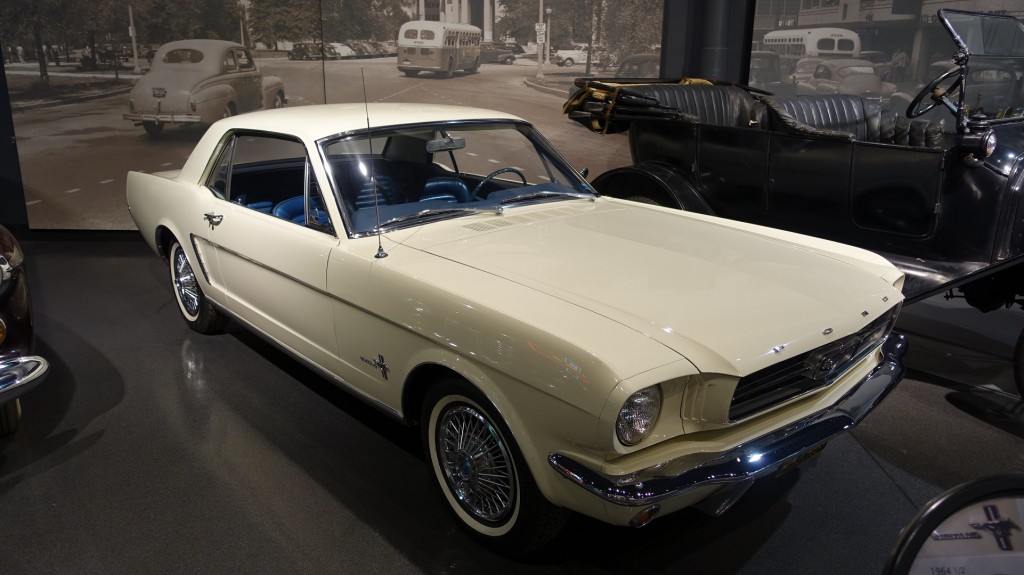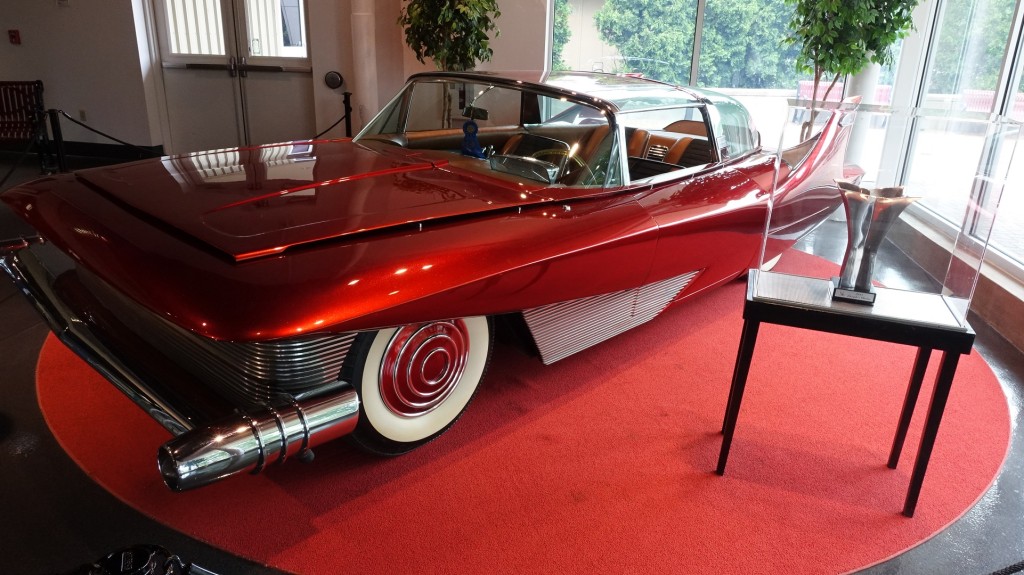Copyright © 2025 · All Rights Reserved · Ray's Travels
Swell Lite from Organic Themes · RSS Feed · Log in
It’s been awhile since I had both time to write and a decent internet connection. Here’s day 6 – May 14.
I had expected to spend only a couple of hours here. I’ve been to a pile of transportation museums and wasn’t expecting to run into enough new stuff to keep me long. Well, I was wrong. The real highlights of this museum are a car collection and a train collection. I’m not really into trains but I went ahead and showed up for the next tour and was lucky enough to have a great volunteer tour guide and, even better, one of the other 4 people in our tour group has been a design lead for train assemblies for probably 30 years. He was excited to share his knowledge and we had a great time talking shop, comparing notes across our industries and revelling in the technical challenges we’ve each faced. I ended up spending 4 hours in the train section with this group!
Modern locomotives (designed in the last several decades) are all driven by motors. A diesel train is simply a diesel electricity generator that powers large electric motors that are connected to each drive wheel or axle. An interesting tidbit I learned from my new BFF train geek is that the electronics that control and power these motors are subjected to 300F ambient air temperatures when going a tunnel. We went through the math together, like any die hard engineers would do, and I had a newfound respect for the harsh conditions these electronics need to survive.
A few pretty cool items on display:
Seriously – this looks like some diabolical contraption from a James Bond movie:

A rotary snow plow, the heaviest ever built, weighing in at 367,400 pounds. It is pushed forward at 4-6mph by another locomotive but has a GM 16 cylinder turbocharged diesel engine rated at 2,000hp to generate electricity to drive the motor that spins the plow. The plow assembly as 12′ in diameter and spins at 150rpm.

This, the world’s largest tank car, was used experimentally to transport anhydrous ammonia and lp gas. It carried over 60,000 gallons, weighed 440,000 pounds fully loaded and measures at over 96′ long. Due to clearance issues around corners, the American Association of Railroads has since adopted a maximum car length of 89′.
After this I took a fairly quick walk around the historical car collection which was impressive as well. Obligatory pics of course:

1964 1/2 Ford Mustang (the first model produced). The display didn’t state the engine output but it was probably 104hp and sold for $2372 new. This is a great specimen.

Bobby Darin’s 1960 DiDia. With a 427 cu in displacement and unspecified hp (it was A LOT of power), this baby carried a $154,000 price tag new. This particular car is was driven to the Academy Awards and has been shown in movies.
I had intended to head over the the Photography Hall of Fame which had a St. Louis architecture collection on display but by the time I left this museum it was getting late so I moved on to Kansas City to spend time with my brother and his family. Stay tuned for the next post on that!